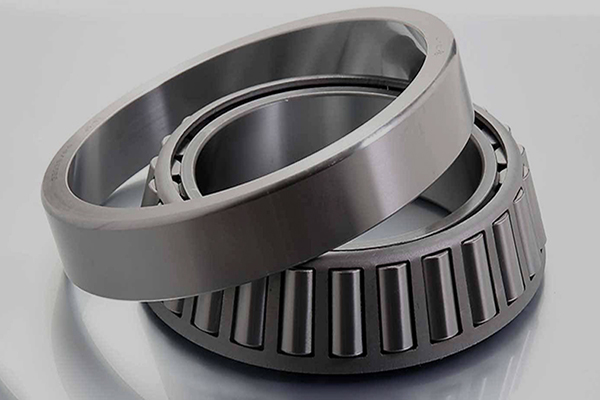How bearings should be used can extend their life and bring us greater benefits.

1. Installation of bearings
Whether the bearings are installed correctly affects accuracy, life, and performance. Therefore, the design and assembly departments must fully study the installation of bearings. It is hoped that the installation will be carried out according to the work standards. Projects for work standards typically include the following:
(1) Clean bearings and bearing-related parts
(2) Check the size and finishing of related parts
(3) Installation
(4) Inspection after installing the bearings
(5) Supply lubricant
2. Basic condition monitoring of bearings
During use, the basic external conditions of bearing operation should be monitored frequently, such as temperature, vibration and noise measurements, etc. These regular inspections will detect potential problems early and prevent unexpected machine outages, allowing production plans to be implemented and improving factory productivity and efficiency.
3. Relubrication of bearings
During operation, the bearing requires correct re-lubrication to perfect its performance. Bearing lubrication methods are divided into grease lubrication and oil lubrication. In order for the bearing to function well, first of all, it is necessary to choose a lubrication method suitable for the use conditions and purpose of use. If only lubrication is considered, the lubricity of oil lubrication is dominant. However, grease lubrication has the advantage of simplifying the structure around the bearing.
4. Unloading of bearings
When a bearing reaches its end of life, it should be replaced.
Although the bearings can no longer be used, correctly removing the original bearings and replacing them with new ones in a timely manner can greatly promote the extension of the service life of the new bearings.